

Industrial Glucose Syrup Production Process from Starch – A Step-by-Step Guide
Jul 23, 2025
If you're in the food, beverage, or fermentation industry, you already know how essential glucose syrup is — whether used as a sweetener, fermentation substrate, or texture modifier. But have you ever wondered how starch transforms into this valuable liquid gold on an industrial scale? As a solution provider who has spent over 20 years in the field of starch deep processing, I’d like to walk you through the complete journey.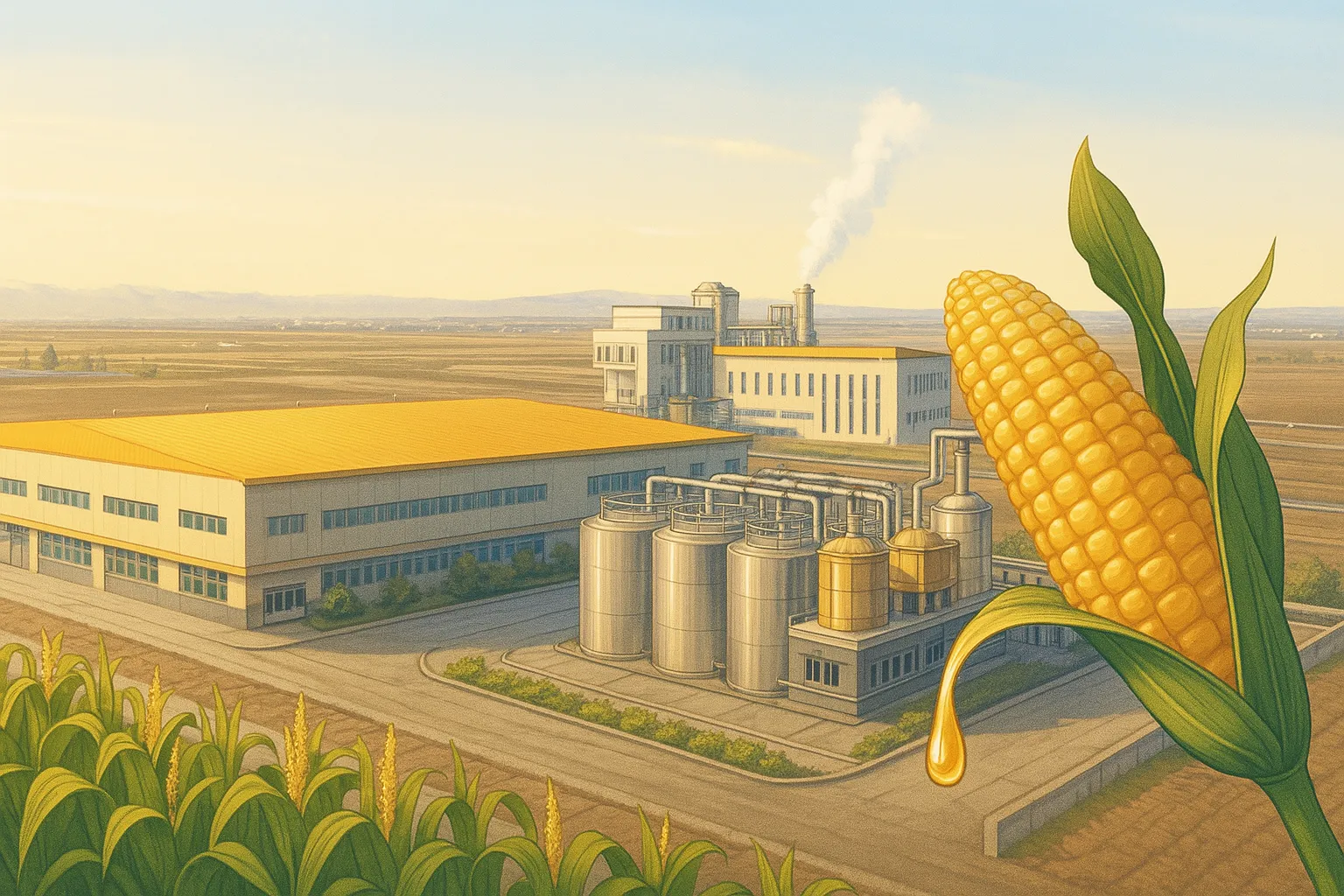
Glucose syrup is produced through a systematic, multi-step process that includes starch liquefaction, enzymatic saccharification, filtration, decolorization, ion exchange, and evaporation. Each step is precisely controlled to ensure syrup quality, purity, and consistency.
Let’s explore what this process looks like from the inside, and more importantly, why it matters to your production efficiency, product quality, and downstream performance.
What Is the Process to Produce Glucose Syrup from Starch?
Whether you're working with corn, wheat, or cassava, the underlying chemistry remains consistent. Here's how we transform raw starch into refined glucose syrup.
Step 1: Preparation and Starch Separation
At the heart of this process lies pure starch. First, raw materials such as corn, wheat, or potatoes are thoroughly cleaned, milled, and refined to remove fibers and proteins. This isn't just for cleanliness — these components affect both the color and taste of the final syrup.
In other words, cleaner starch means better syrup. We use modern centrifugal separators and washing systems to ensure minimal impurities.
Step 2: Soaking and Gelatinization
Next, the starch slurry is prepared and subjected to heat to induce gelatinization. This process breaks down the crystalline structure of starch, making it more reactive and easier to convert in the next stages.
Gelatinization transforms the starch granules into a gel-like, amorphous form, making them ready for enzymatic hydrolysis.
This step is crucial because it sets the stage for efficient liquefaction and saccharification later.
Step 3 to 8: The Heart of the Process
Here’s a high-level view of the entire industrial glucose syrup production process, broken down into core steps:
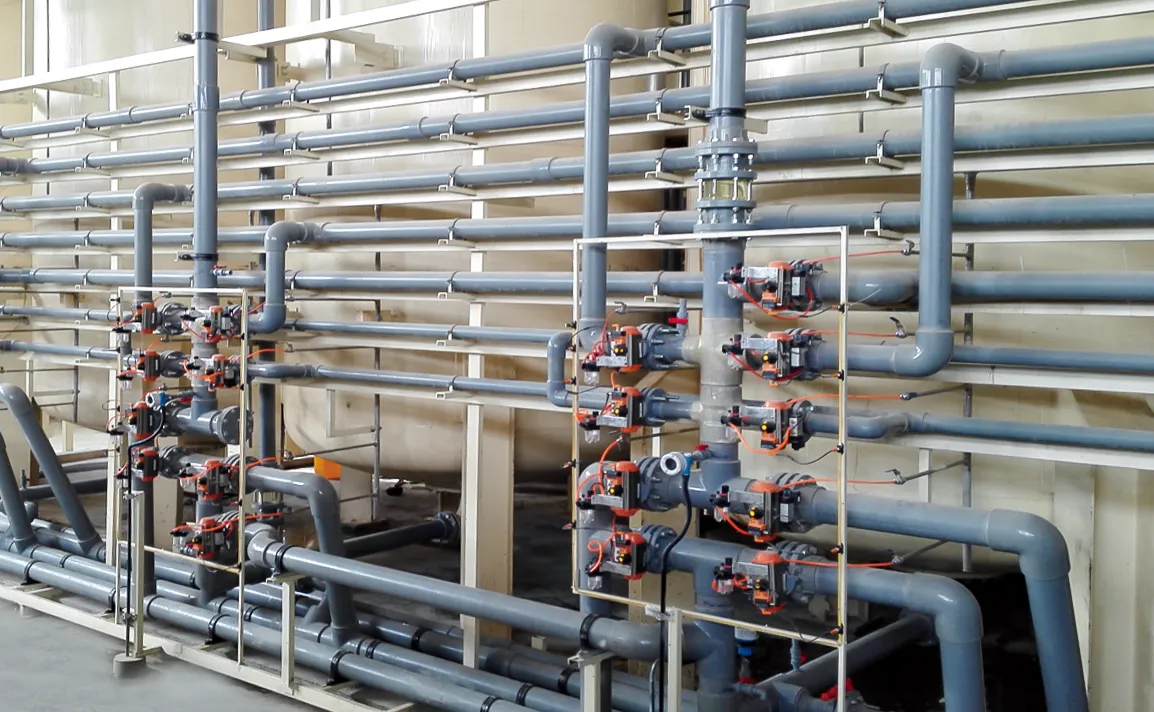
|
Step |
Purpose |
Typical Method/Equipment |
|
Preparation |
Separate starch from fiber/protein |
Milling, washing, centrifugal separators |
|
Soaking & Gelatinization |
Swell starch, prepare for hydrolysis |
Heating, soaking tanks |
|
Liquefaction |
Break starch into dextrins |
Alpha-amylase enzyme, jet cooker |
|
Saccharification |
Convert dextrins into glucose |
Glucoamylase enzyme, saccharification tanks |
|
Deproteinization |
Remove residual protein |
Filter press or decanter centrifuge |
|
Clarification & Decolorization |
Improve purity and remove color |
Activated carbon filters, precoat filters |
|
Remove ions, adjust pH |
Ion exchange resin columns |
|
|
Evaporation |
Concentrate to desired solid content |
Multi-effect or MVR evaporators |
Why Is Decolorization Important for the Quality of Glucose Syrup?
If your product ends up yellow or brown, that’s a big problem. Most industrial users require crystal-clear or lightly colored glucose syrup — especially in food and pharmaceutical applications.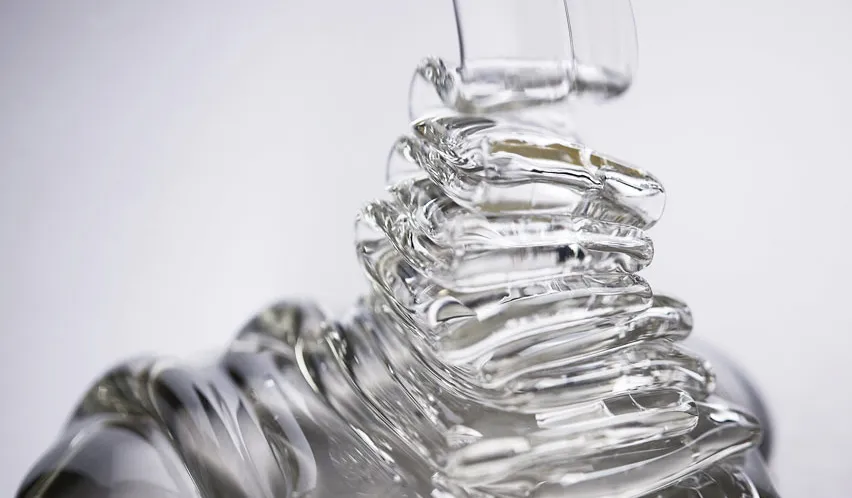
Decolorization is essential because it removes colored organic compounds, improving visual quality, preventing degradation, and ensuring compliance with food-grade standards.
These colorants may result from Maillard reactions, heat-induced caramelization, or raw material pigments. Activated carbon is commonly used to adsorb these molecules. In some advanced systems, enzymatic oxidation is added to enhance effectiveness — especially in high-purity applications.
This step also improves storage stability. Colored impurities often trigger browning over time or affect other ingredients. By removing them, we not only boost appearance but ensure a longer shelf life and better processing compatibility for your product.
What Role Does Evaporation Play in Achieving Desired Syrup Concentration?
After all the biochemical magic, you're left with a dilute syrup — typically less than 20% dry solids. That’s far from the sticky, viscous glucose you need.
Evaporation removes excess water, concentrating the syrup to 60% or more solids content. This step not only thickens the product but ensures it has the right texture, sweetness, and shelf stability.
At Myande, we typically use multi-effect evaporators or energy-efficient MVR evaporators. These systems reuse steam across stages, significantly reducing energy consumption. To protect the heat-sensitive syrup from darkening, we also apply vacuum evaporation to keep temperatures low and product quality high.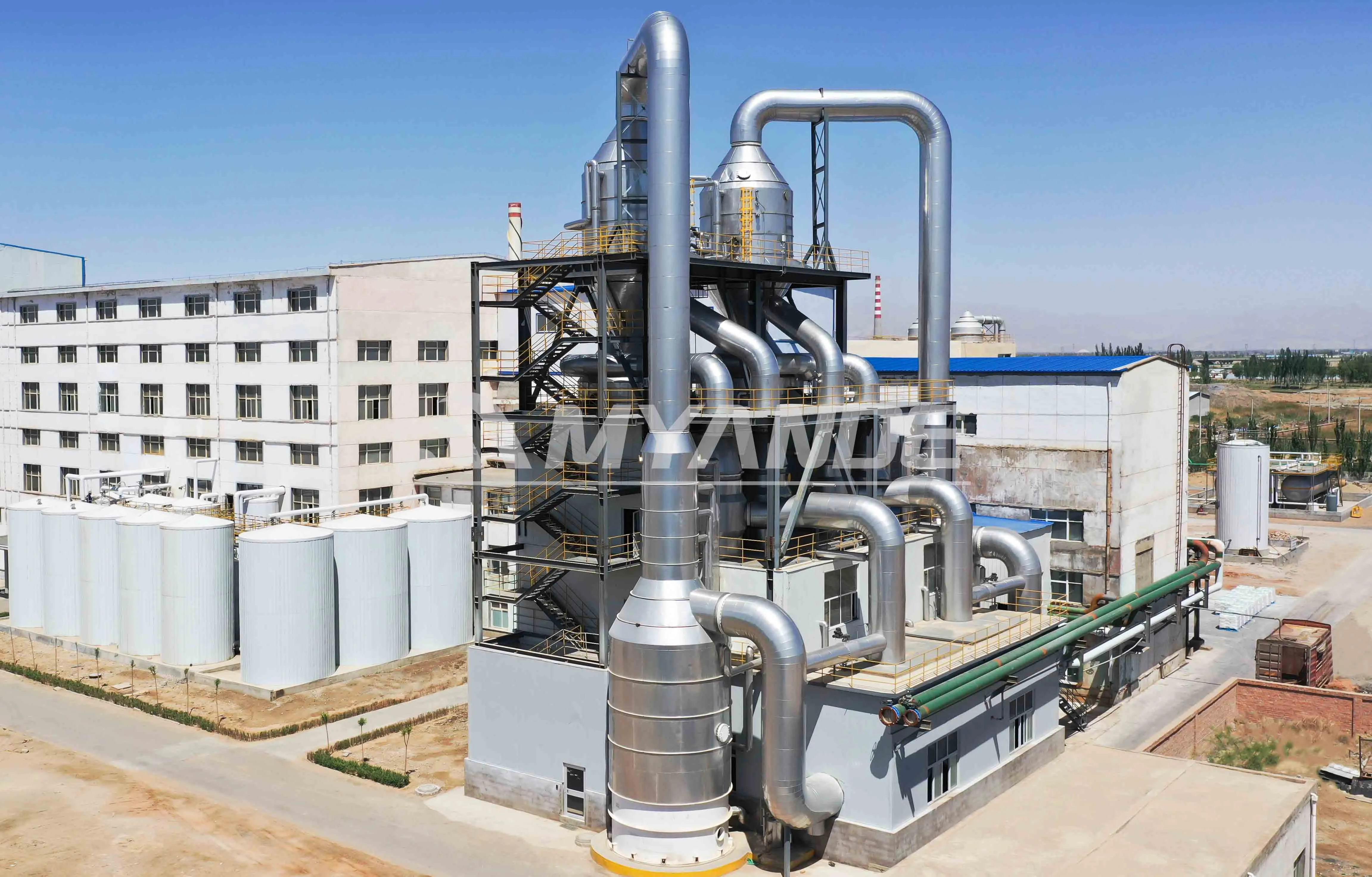
Proper control of this step — including pressure, circulation rate, and heat exchange — is critical to avoid scale buildup, off-flavors, or foaming. The result? A syrup that’s consistent, clean, and ready for bottling or blending.
Final Thoughts: Why This Process Matters to You
By understanding each step in the glucose syrup production process, you can make better decisions — whether you're sourcing new equipment, upgrading old lines, or optimizing process parameters for energy efficiency.
At Myande, we provide not just equipment, but full-process turnkey solutions tailored to your starch type, capacity needs, and product goals.
With over 20 years of experience and 800+ global project installations, we know what works in real factories — and what doesn’t. If you’re looking for stability, efficiency, and quality in your syrup production line, you’re in the right place.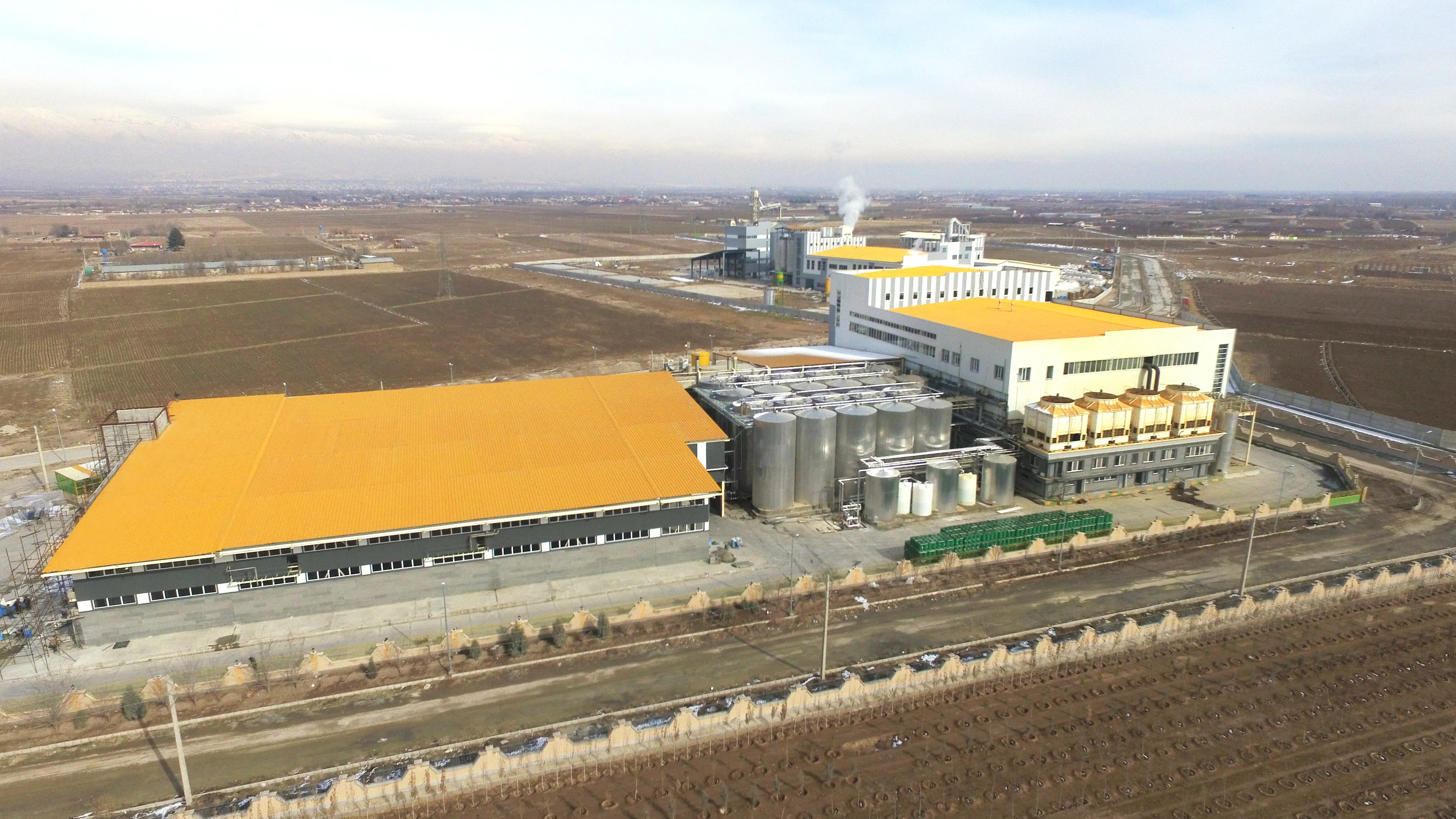
Need help with process design or equipment selection? Just reach out. We’d love to explore how we can help you grow.

